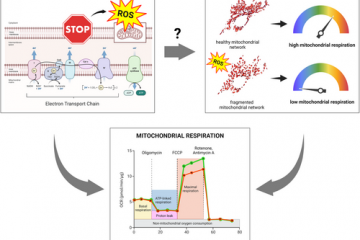As cytotoxic CD8 T cell infiltration was documented in the absence of alpha-synuclein aggregation, the authors speculate that “CD8 T cell cytotoxic attack may initiate and propagate neuronal death and synucleinopathy in Parkinson’s disease.”
Two main problems with this assertion.
First, it implies a chain of causation based on cross-sectional postmortem data. This follows a long tradition, best highlighted by the influential 2003 Parkinson’s staging study in which Braak and colleagues proposed a sequential spread (active “propagation”) of pathology from one region to another based on postmortem data from 41 brains of people who had Parkinson’s and 69 of people who didn’t. A static pattern cannot be interpreted as if it were dynamic, no matter how logical it seems.
Second, if Parkinson’s is not one disease but many, any cellular or biological abnormality clustered in a disease cohort, separated statistically from controls (including high CD8 T cells) cannot be pathogenic to everyone affected. The assumption that such abnormalities must be causal of disease has fostered many one-size-fits-all futile trials of putative disease-modifying interventions.
The door to Precision Medicine requires moving away from clinicopathologic reductionism to biological subtyping divergence. The first success in disease modification of neurodegenerative disorders will likely materialize in a small biologically-defined cohort of patients matched to a biologically-specific intervention.
References
Galiano-Landeira J, Torra A, Villa M, Bove J, CD8 cell nigral infiltration precedes synucleinopathy in early stages of Parkinson’s disease,BRAIN 2020: 143; 3717-3733 3717 doi:10.1093/brain/awaa269
Alberto J Espay
Professor of Neurology
Director and Endowed Chair
Gardner Family Center for Parkinson’s Disease and Movement Disorders
University of Cincinnati Academic Health Center


